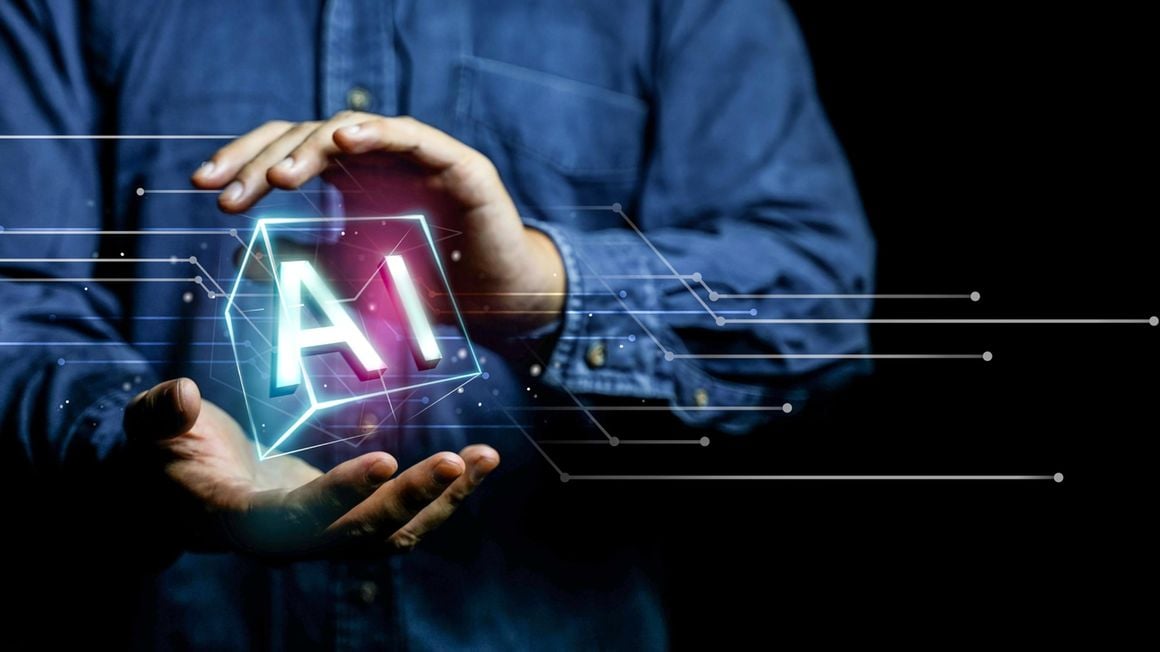
AI-enhanced systems can optimise emergency response times by predicting accident locations and severity. PHOTO | SHUTTERSTOCK
The horrific road crash that claimed the lives of 11 Kenyatta University students in the Maungu area near Voi town last week, has brought many questions as to how we can use Artificial Intelligence (AI) technology to save many lives on our roads.
AI holds significant potential in mitigating road accidents by using huge amounts of data dispensed daily from our roads. Many Asian and European countries such as Germany, Japan and China, are already using this technology, which has significantly reduced their road accidents to less than one percent annually.
How can we harness the power of AI as a solution? AI applied a predictive analytics approach by using algorithms capable of analysing historical accident data, weather conditions, road infrastructure and major cities like Nairobi, Nakuru and Mombasa traffic patterns, to predict high-risk areas and times for accidents. This information can be used to deploy preventive measures such as increased policing, road maintenance or traffic control on high-risk roads.
While Safaricom installed CCTV cameras on some major highways, such as Thika Superhighway and Mombasa Road, they have had little impact on reducing road carnage. We can replace them with AI-powered sensors and cameras installed on vehicles that can detect pedestrians and cyclists near the vehicles, alerting the driver to their presence and potentially preventing collisions.
Read: Artificial Intelligence tools for businesses and marketers
Integrating AI-powered driver assistance systems with CCTV cameras on major roads to capture lane departure warnings, adaptive cruise control and automatic emergency braking can help prevent accidents by alerting drivers of potential dangers and even taking corrective actions when necessary.
Behavioural analysis of road users can help make road usage public policies. AI can analyse driver behaviour, such as speeding, aggressive driving, or drowsiness, through data collected from in-car sensors or external cameras. This information can provide real-time feedback to drivers or trigger interventions to prevent accidents.
In addition, many developed countries are using AI algorithms to analyse road infrastructure data to identify potential hazards such as potholes, sharp curves, or inadequate lighting. We can use similar AI technology to prioritise maintenance and design safer roads to reduce the high number of accidents experienced today.
AI-enhanced systems can optimise emergency response times by predicting accident locations and severity based on incoming data, especially from blackspots, such as 911/999 calls, traffic cameras, and vehicle sensors. The technology can help allocate resources more efficiently and save Kenyan lives.
We can use AI to analyse social media and other online platforms on public awareness campaigns to identify trends and sentiments related to road safety. This information can be used to tailor public awareness campaigns and educational initiatives to target specific demographics or regions prone to road accidents.
Using AI algorithms to assess driver risk more accurately by analysing driving behaviour and other relevant data, we can instil and reward good drivers through Kenyan insurance companies.
We can do this by incentivising safer driving habits and helping reduce the frequency and severity of accidents on our roads, as more drivers will improve their culture to enjoy the reduction in premiums because of good behaviour.
Read: AI: The game-changer for businesses in today's digital era
To reduce the staggering number of people dying on our roads, we need the integration of AI in various aspects of road safety to offer promising solutions that mitigate accidents and enhance overall safety on our roads.
The writer teaches actuarial science at Meru University of Science and Technology and is an AI post-doctoral researcher.
→ joabodhiambo2030@gmail.com




No comments :
Post a Comment